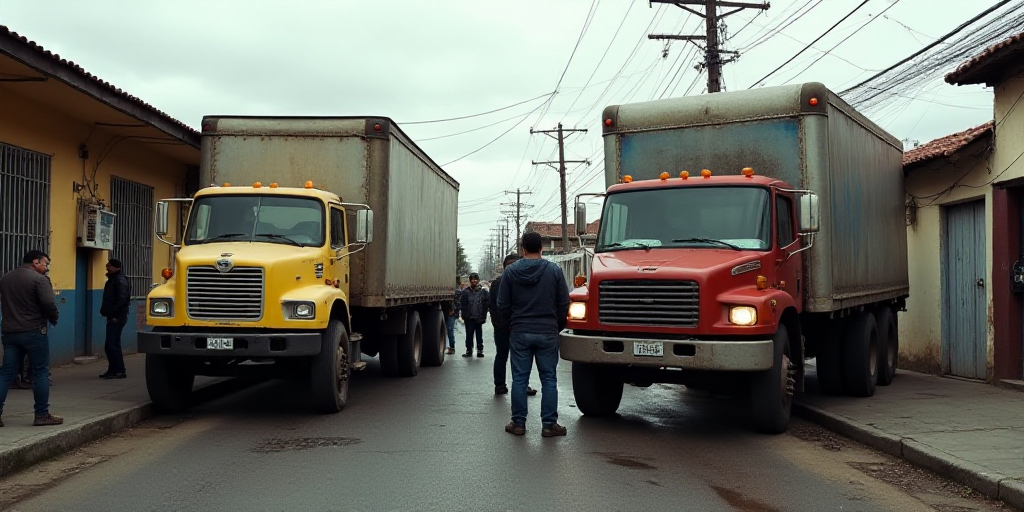Background on FARC and its Impact
The Revolutionary Armed Forces of Colombia, or FARC, was a major Marxist-Leninist guerrilla group and one of the country’s largest insurgent groups. After decades of armed conflict, FARC signed a peace agreement with the Colombian government in 2016, leading to their demobilization. However, some factions refused the peace deal and continued their activities, evolving into criminal organizations involved in drug trafficking.
Recent Attacks and Casualties
Two separate attacks attributed to FARC dissident groups have left at least 18 people dead and more than seventy injured in Colombia, according to authorities.
Cali Blast
In Cali, the third most populous city in Colombia and a significant hub in the Pacific region, an explosion from a truck carrying explosives near the Colombian Air Force base resulted in six fatalities and 71 injuries. This incident took place amidst ongoing disputes between guerrilla factions and narco-trafficking groups vying for control of the lucrative cocaine trade destined for the United States and Europe.
Amalfi Helicopter Downing
Hours earlier, a Black Hawk UH-60 helicopter operated by the Colombian National Police was shot down during a coca eradication operation in Amalfi, Antioquia department. The attack left 12 law enforcement officers dead and two injured.
President’s Response
Colombian President Gustavo Petro held dissident FARC factions responsible for the attacks, emphasizing their rejection of the 2016 peace agreement that aimed to end a protracted internal conflict resulting in over 450,000 deaths.
Key Questions and Answers
- Who are the FARC dissidents? These groups are remnants of the Revolutionary Armed Forces of Colombia (FARC) that rejected a 2016 peace agreement, evolving into criminal organizations involved in drug trafficking.
- What are the recent attacks? Two separate incidents occurred in Cali and Amalfi, resulting in at least 18 fatalities and more than seventy injuries.
- What is the significance of Cali? As the third most populous city in Colombia and a crucial Pacific region hub, Cali has been affected by disputes between guerrilla factions and narco-trafficking groups over control of the cocaine trade.
- What is President Petro’s stance? Petro blamed FARC dissidents for the attacks and highlighted their rejection of the 2016 peace agreement aimed at ending Colombia’s long-standing internal conflict.






